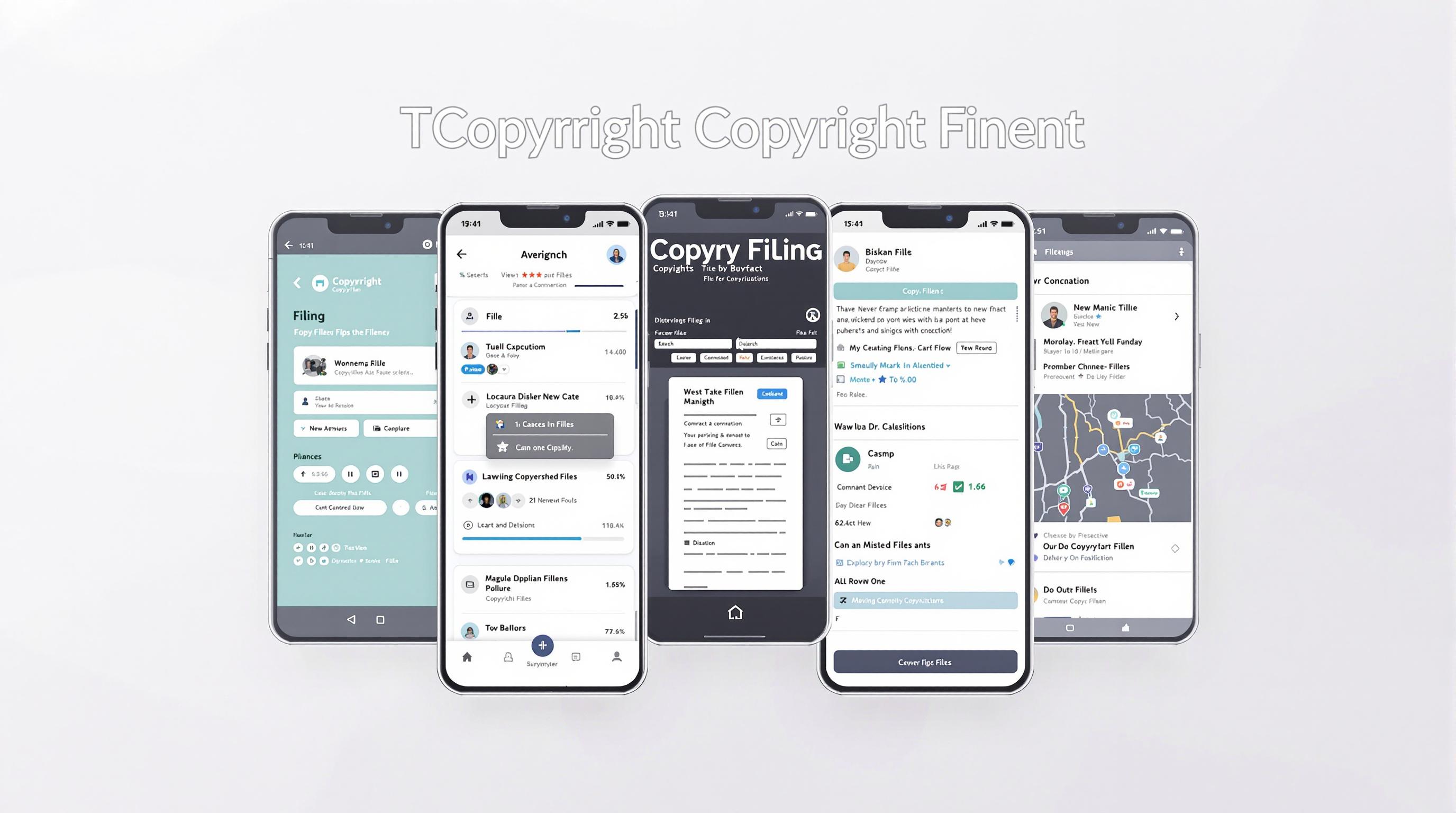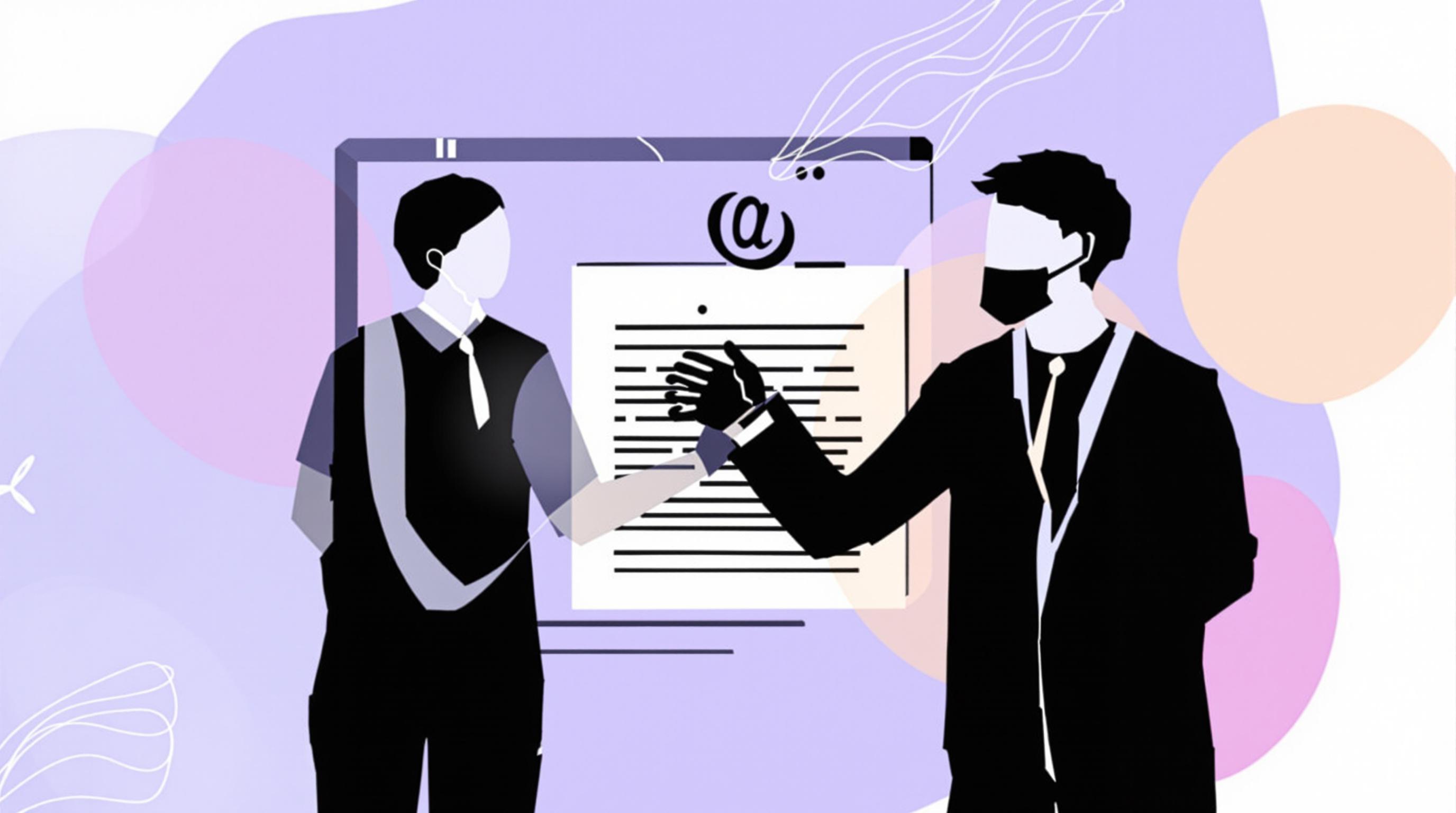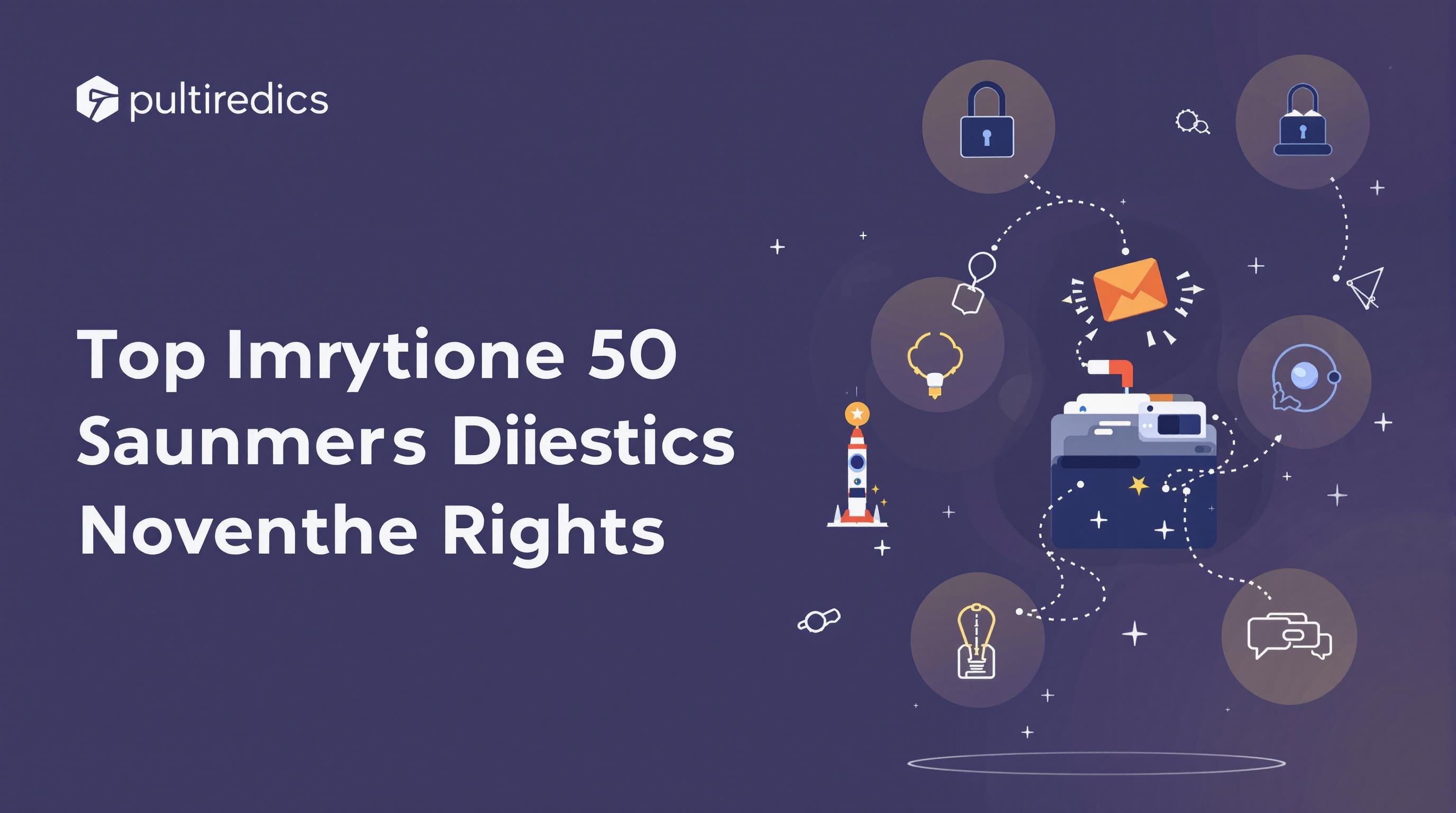Related Articles
- Top 5 Game-Changing Copyright Management Apps from 2019 to 2024 for Modern Creators
- Top 5 Game-Changing Copyright Management Apps Released Since 2019 for Fast, Foolproof Filings
- How Traditional Storytelling Shapes Community Healing in Conflict Settlement Practices Worldwide
- The Role of Ancient Storytelling Traditions in Shaping Modern Conflict Settlement Practices
- The Quiet Shift: How Climate Change Is Secretly Reshaping Liability Standards in Insurance Policies
- The Unseen Impact of Climate Change on Rural Insurance Mandates and Local Risk Assessments
Top 5 Game-Changing Copyright Management Apps from 2019 to 2024 for Modern Creators
Top 5 Game-Changing Copyright Management Apps from 2019 to 2024 for Modern Creators
Copyright management apps have revolutionized the creative industry from 2019 to 2024, empowering creators to protect and monetize their work with unprecedented ease. This article explores five standout platforms that have reshaped how intellectual property is handled today.
Why Copyright Management Matters More Than Ever
Let's be honest: in today’s digital labyrinth where content is king, ensuring your creations don’t get pirated or misused is a headache no artist wants to face. Especially if you’re someone who’s poured countless hours into a masterpiece, losing control can feel devastating. According to a 2023 report by IFPI, global music piracy costs the industry over $2 billion annually. That’s why having robust copyright management tools is not a luxury but a necessity.
Case Study: How Storyteller Nina Safeguarded Her Work with SafeCreative
When Nina, a 34-year-old writer and illustrator, discovered her art being used without permission on social media, she decided enough was enough. Using SafeCreative, she registered her copyrights instantly and posted public proof to deter unauthorized use. Within weeks, unauthorized commissions stopped, and she even licensed her work to a indie game developer, increasing her income by 40%. This highlights the real-world impact these apps can have.
1. SafeCreative: Trusted by Creators Worldwide
SafeCreative has been a leading name since 2019 in copyright registration and management. Its user-friendly interface allows creators to register not only traditional media like books and photos but also digital assets such as software code and blog posts. A 2022 user survey found that 85% of SafeCreative users felt more confident sharing their work after registration.
What sets SafeCreative apart is its robust public proof system, which timestamps every submission using both digital and blockchain technologies to provide immutable evidence of ownership. Plus, its integration with Creative Commons licenses makes sharing with clear terms effortless.
Key Features:
- Immediate digital timestamping
- Global copyright registration
- Supports multiple media types
- Blockchain verification
3. Copytrack: The AI-Powered Guardian
Imagine having an AI assistant persistently scouring the web 24/7 to spot where your images or videos are being used. That’s what Copytrack offers. Launched initially in 2019 and continuously refined, Copytrack has tracked millions of infringements, securing over €13 million ($14 million) in compensations for photographers and video creators by 2023.
Its simple drag-and-drop claim interface paired with its legal team’s ability to negotiate settlements makes it a favorite among freelance photographers and influencers alike. The app’s success stories include a photographer whose landscape shots were shared on architectural websites without credit; Copytrack reclaimed over $10,000 for her licensing fees.
Stepping Back: The Evolution of Copyright Tech
It’s fascinating to reflect on how copyright protection has evolved — from physical watermarks and printed copyrights shrinking to invisible digital watermarks and automated takedown notices. The past five years especially have seen the rise of blockchain and AI, pushing copyright guardianship into new dimensions. With millions of new creators online daily, these smart apps aren't just tools but necessary guards of creative sovereignty.
4. Rightsify: Simplifying Licensing and Royalty Management
Originally designed for music creators, Rightsify offers streamlined licensing solutions and royalty management in one platform. Its analytics dashboard provides transparency on where and how often songs are played worldwide, a boon for independent musicians monitoring income streams.
Emily, a 27-year-old indie singer, credits Rightsify for helping her identify emerging markets in Southeast Asia she hadn’t considered, boosting her streaming royalties by 25% in 2023 alone. The app’s integration with major streaming services and automated royalty distribution makes it a favorite among artists juggling their business and creative passions.
5. Digimarc Guardian: Watermarking Meets Blockchain
For creators deeply concerned about digital content theft, Digimarc Guardian’s invisibly embedded watermarks combined with blockchain recording makes it nearly impossible to use a work unethically. It’s widely adopted by photographers, advertisers, and even publishers to protect high-impact visual media.
By 2024, Digimarc reported a 30% reduction in unauthorized usage among its clients, exemplifying how technology can act as both shield and deterrent. Their recent collaboration with prominent NGOs to safeguard documentary footage underlines their commitment beyond commercial gains.
2. Artory: Blockchain-Powered Art Provenance and Ownership
Though primarily focused on fine art, Artory’s innovative use of blockchain to track provenance is a giant leap in copyright security. With over 150,000 artworks and collectibles digitally registered, the platform offers indisputable proof of ownership and a secure environment for resale and licensing.
Consider the example from 2021, when an art forgery ring was busted after authorities used Artory’s registry to verify the authenticity of stolen pieces. For digital artists venturing into NFTs, Artory provides a reliable authenticity backbone.
Final Thoughts: Choosing the Right App for Your Needs
Different creators demand different features — AI monitoring, licensing, blockchain verification, or global registration — and fortunately, the market has matured to meet those varied needs. Younger creators between 16 to 30 might prioritize user-friendly interfaces and social media integrations, while veterans in their 50s and beyond may want comprehensive legal protections and detailed analytics.
Experimentation and staying informed are key. After all, the best copyright management app is one that not only secures your rights but also complements your workflow seamlessly.
References:
International Federation of the Phonographic Industry (IFPI). (2023). Global Music Report.
Copytrack. (2023). Annual Impact Report. Copytrack.com.
SafeCreative User Survey (2022). SafeCreative.org.
Artory Registry Data (2021). Artory.com.
Emily’s Case Study (2023). Rightsify Music Platform.




